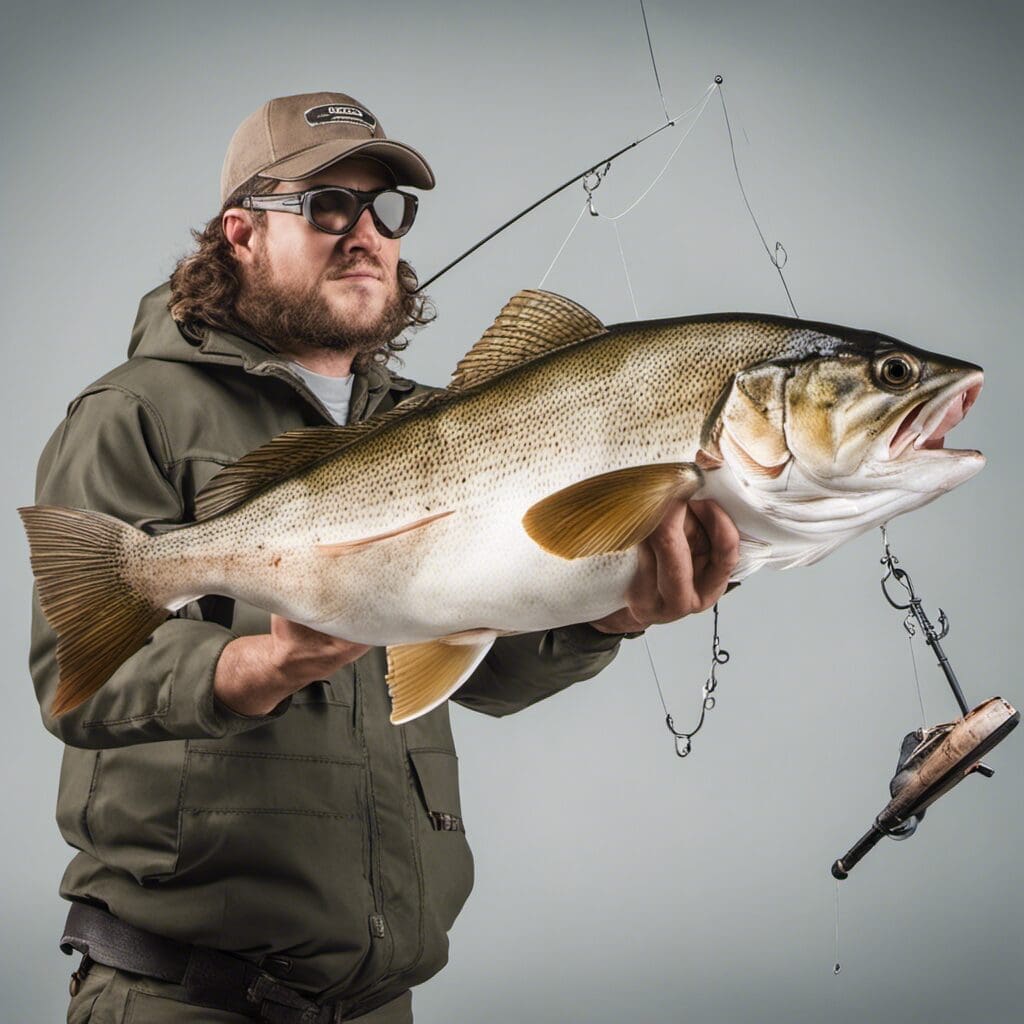Introduction
The Cisco (Coregonus artedi), also known as Lake Herring, is a small species of freshwater whitefish in the family Salmonidae. The name “Cisco” is derived from the Ojibwe language, which describes the fish’s importance as a seasonal food source for the Ojibwe people.
Conservation Status
The Cisco’s current status is “Least Concern” according to the International Union for Conservation of Nature (IUCN). This classification is due to the species’ wide distribution and large population, although localized declines have been observed.
Conservation efforts
Efforts to conserve the Cisco involve regulations on commercial fishing and habitat protection to maintain water quality and prevent habitat destruction.
Statistics
| Average Size | Weight Range | Average Lifespan |
|---|---|---|
| 30-40 cm | 150-300 g | 6-8 years |
Distribution
The Cisco is primarily found in the Great Lakes region of North America, extending eastward to the Atlantic coast and north to Hudson Bay. They are also found in some deep, cold-water lakes in Alaska and Western Canada.
Migration Patterns
Ciscoes undertake a form of migration known as spawning migrations. Each autumn they move from deeper water to shallow spawning areas.
Habitats
Ciscoes prefer cold, deep water in large lakes and reservoirs, but can also inhabit brackish coastal waters. They tolerate temperatures between 1-13 °C and live at depths ranging from 5-60 metres.
When and Where to See
Ciscoes are most easily seen during their autumn spawning migrations. These occur from late October to early December, peaking in November. Prime viewing times are early morning and late evening.
Best Fishing Locations
Top fishing locations for cisco include Lake Superior, Lake Huron, Lake Michigan, Lake Ontario, and Lake Erie in North America. They can also be found in Lake Winnipeg, Great Slave Lake, and Lake Athabasca in Canada.
How to Catch
The preferred lures for catching cisco include small jigs, spoons, and soft plastic baits. Ciscoes can be caught through a variety of techniques, including angling and trolling.
Identification Guide
Physical characteristics of the Cisco include silver sides, a blue or green-blue back, and a white belly. Their bodies are slim and elongated, with large scales.
Culinary Profile
Ciscos have a mild flavor and firm texture. They can be grilled, baked, or smoked. They are high in Omega-3 fatty acids and low in mercury, making them a healthy choice for fish lovers.
Additional Information
Ciscoes feed on plankton and small invertebrates. Their predators include larger fish, such as lake trout and northern pike, as well as birds of prey.
References and Further Reading
For further information, refer to the Great Lakes Fishery Commission’s Cisco Overview. Visit the Michigan’s Department of Natural Resources page on Ciscoes for detailed information on locating and fishing this species. Always remember to check local regulations before going fishing.Great Lakes Fishery Commission. Michigan’s DNR Ciscoes page

